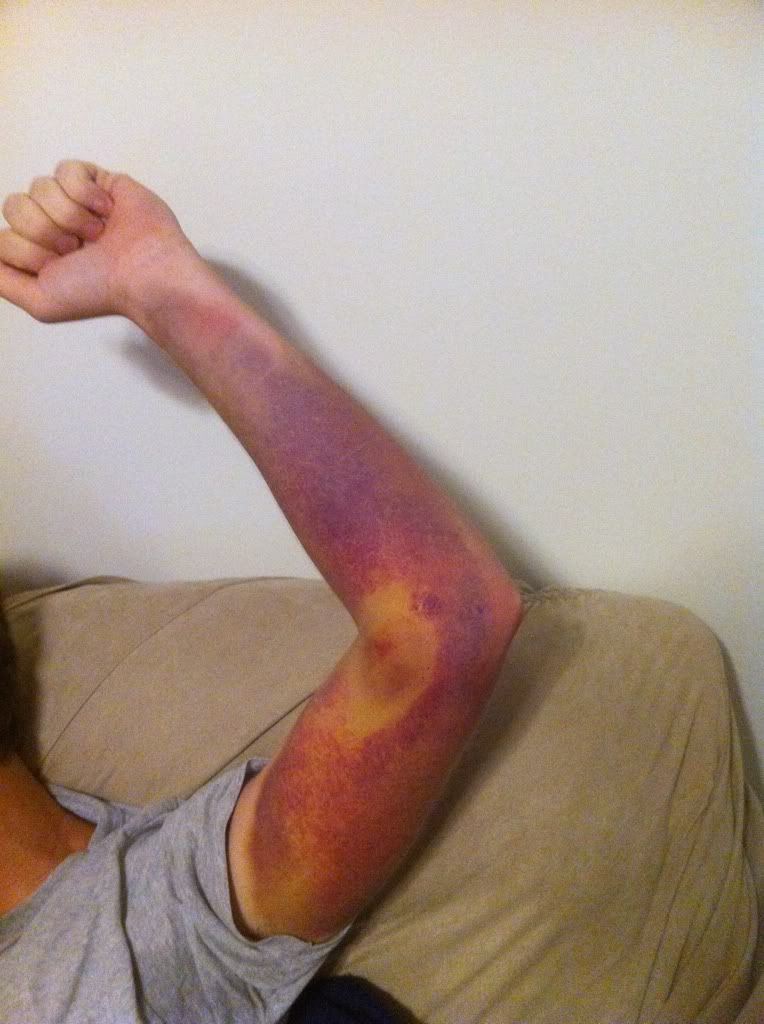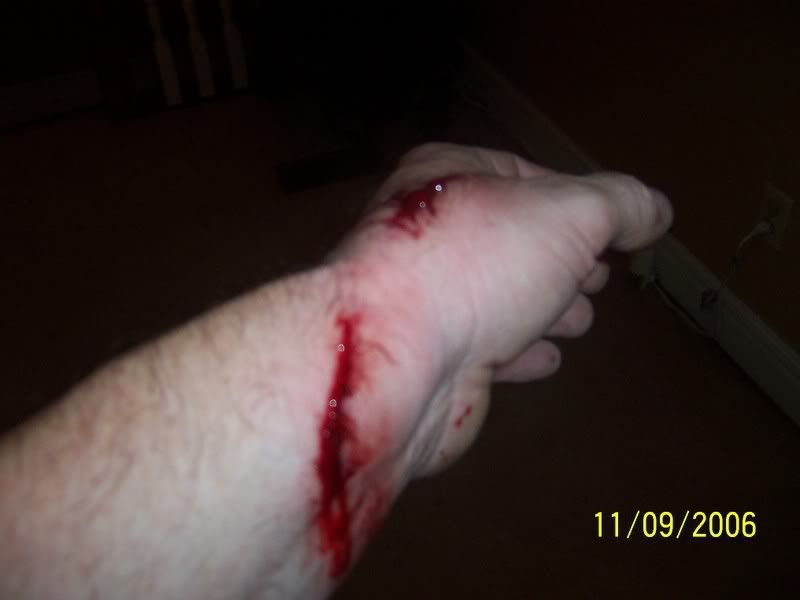"Longbows a had a much further range than crossbows because they launched a much heavier arrow than a crossbow could, which also gave it more penetration when it hit."
This does depend on the type of crossbow, but the more common windlass crossbows of around the time of the longbow had a far greater range than a longbow( but your archer could run in range and loose about 4-5 arrows in the time it takes to reload).
I also believe that crossbows launched a bolt several times heavier than an arrow, and the impact was greater.
the rest of the information was great though and I learnt some new stuff.
This does depend on the type of crossbow, but the more common windlass crossbows of around the time of the longbow had a far greater range than a longbow( but your archer could run in range and loose about 4-5 arrows in the time it takes to reload).
I also believe that crossbows launched a bolt several times heavier than an arrow, and the impact was greater.
the rest of the information was great though and I learnt some new stuff.

 Sage
Sage
 Auror
Auror


 Scribe
Scribe Myth Weaver
Myth Weaver